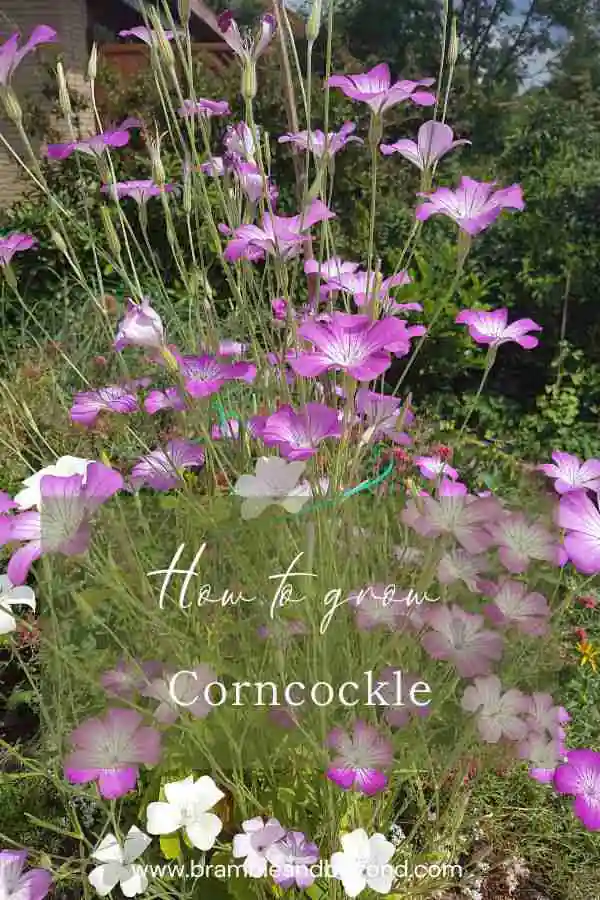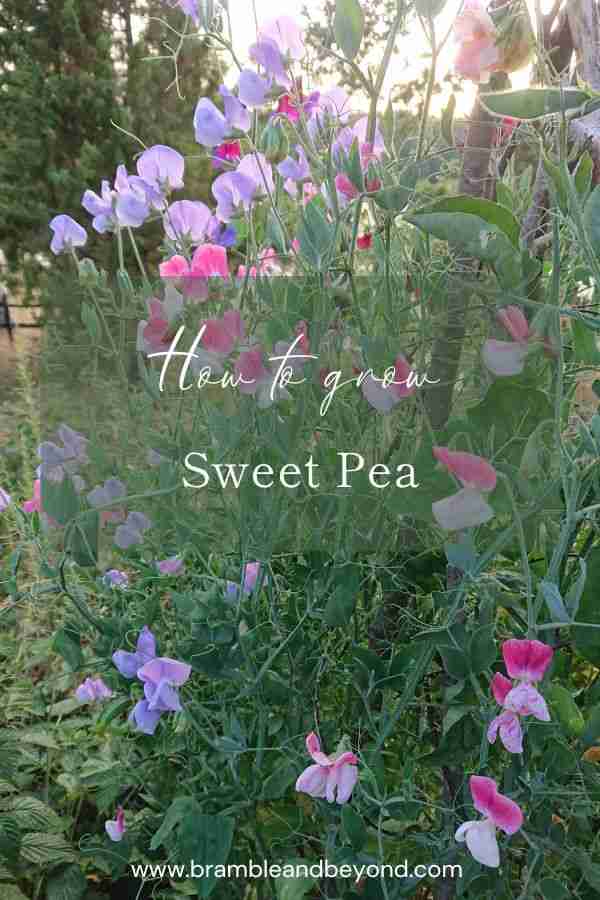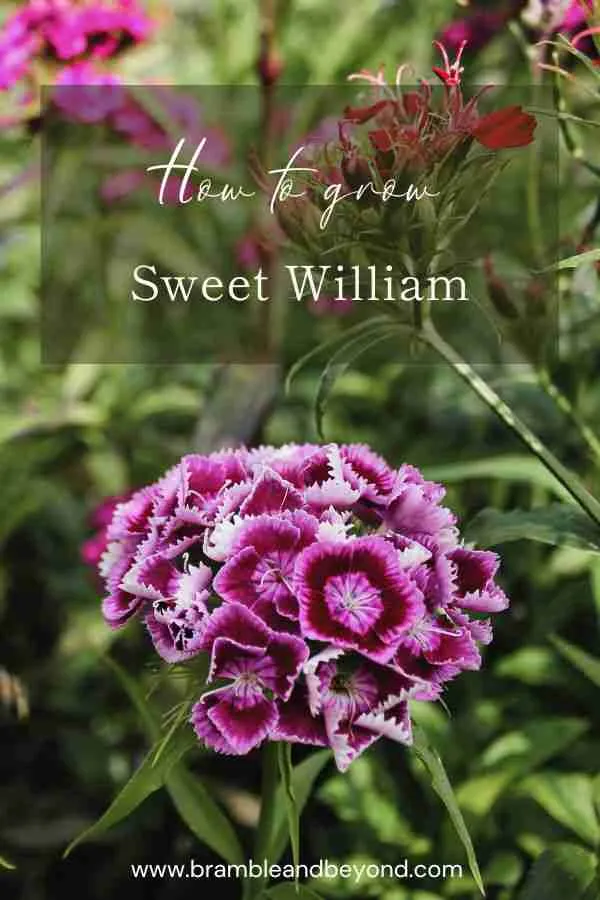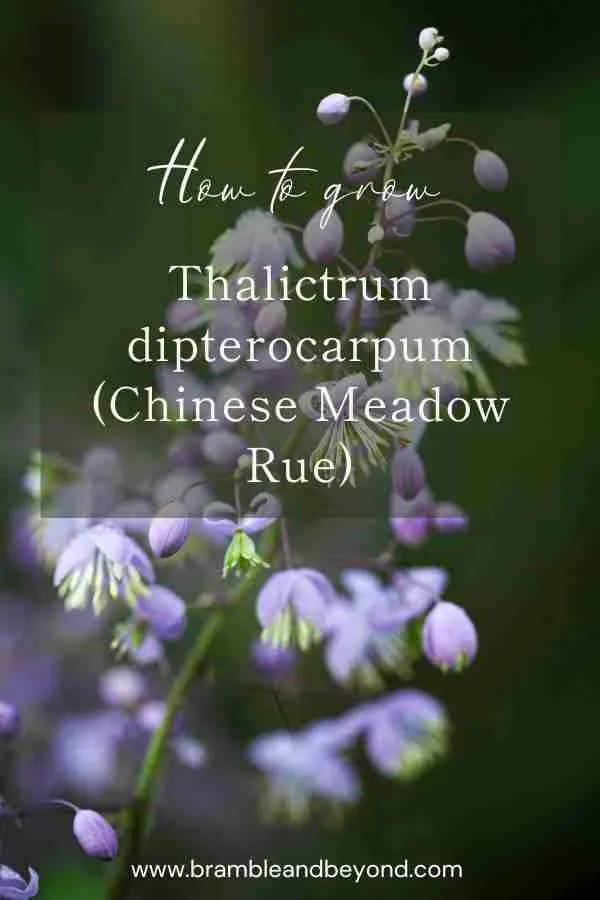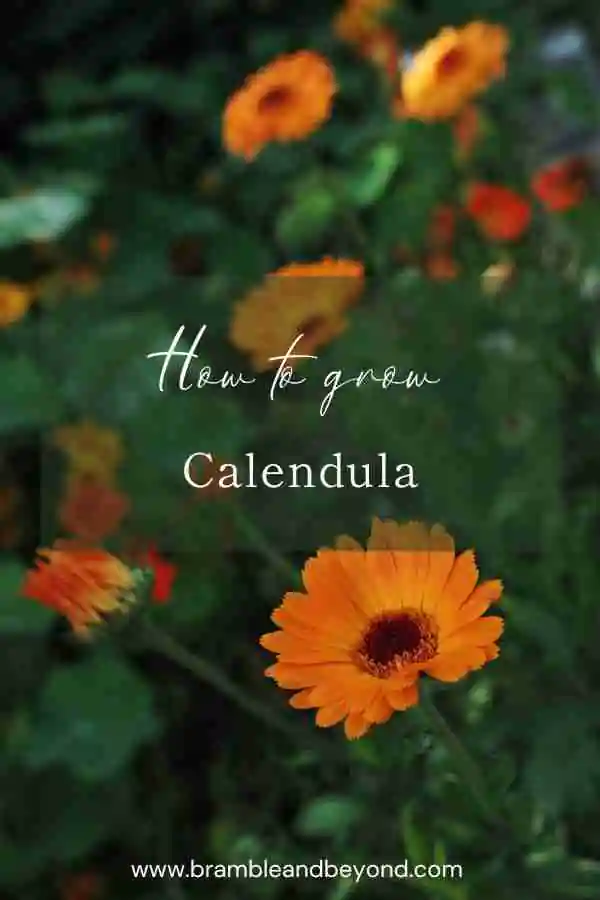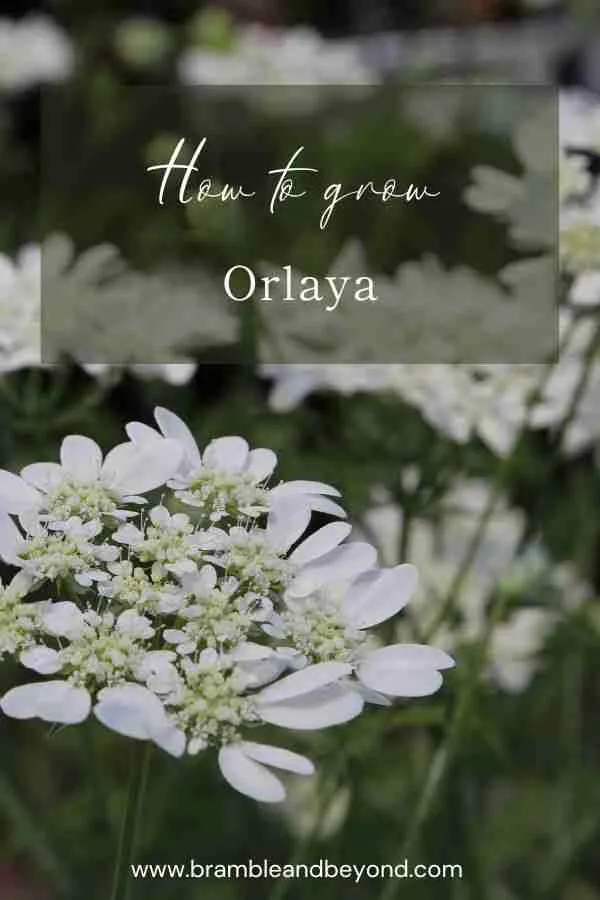Disclosure: This post may contain affiliate links, meaning I get commission if you decide to make a purchase through my links, at no cost to you. Please read my Affiliate Disclosure for more information.
Welcome to our friendly guide on how to grow corncockle (Agrostemma)! In this article, we will provide you with all the information you need to successfully cultivate this beautiful flowering plant in your garden. Whether you’re an experienced gardener or just starting out, growing corncockle can be a truly rewarding and enjoyable experience. So let’s jump right in and explore the wonders of corncockle!
What is Corncockle
Corncockle, scientifically known as Agrostemma, is an annual flowering plant that belongs to the Caryophyllaceae family. It is native to Europe and is known for its vibrant and eye-catching flowers. The plant typically grows up to 90cm tall and features slender stems with narrow leaves.
One of the notable characteristics of corncockle is its lovely flowers. They bloom in various shades of pink, ranging from pale pink to deep magenta, and can add a touch of elegance and beauty to any garden. The flowers have delicate petals and are cup-shaped, creating a charming display when in full bloom.
Corncockle thrives in full sun to partial shade, so make sure to choose a location in your garden that receives ample sunlight. It prefers well-drained soil that is rich in organic matter. Before planting, ensure that the soil is loose and fertile to provide optimal growing conditions for the plant.
When fully grown, corncockle can reach a height of around 2-3 feet, making it a medium-sized plant. Its slender stems give it an elegant appearance, and the attractive flowers sit atop these stems, creating a visually pleasing display.
It’s important to note that while corncockle can add beauty to your garden, it is also considered a wildflower and may self-seed. If you want to prevent it from spreading too much, deadhead the flowers before they go to seed.
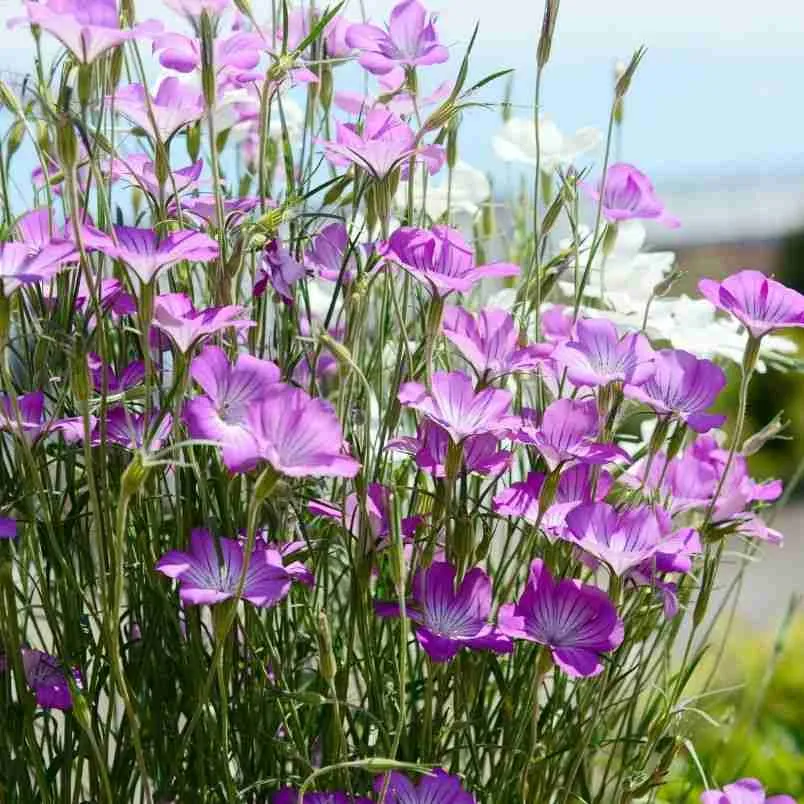
How to grow corncockle:
- Start seed indoors in trays 4 to 6 weeks before last frost; transplant out after all danger of frost has passed.
- They can also be direct-seeded where they are to flower. Sow 12mm deep into prepared soil which has been raked to a fine tilth.
- Sow in the Autumn for flowers the following early Summer, or in the Spring for flowers later in the season.
Plant details:
- Plant type: hardy annual
- Height: 90cm
- Site: full sun
- Sowing Depth: 12mm
- Temperature: 20°C
- Germination: 7-14 days
- Days to maturity: 90 to 100 days
- Plant spacing: 25cm
- Pinch: not necessary
- Staking: may be required
- Drying: no
- Approx seeds per packet: 80
Please note we pack the majority of our seeds by weight so the number of seeds indicated is only an approximation.
Currently, I sell our seeds, and other bits and bobs, through Etsy, so the link below will direct you there.
Harvesting and Vase life:
- Harvest when 1 or 2 flowers on a stem are open.
- Immediately after harvest, dip the bottom few inches of the stems in boiling water for 7 to 10 seconds then place into cool water.
- Expect a vase life of 5 to 7 days.
Here are 7 tips on how to grow corncockle:
- Extend the flowering season by making two sowings, one in Spring and one in Autumn. This will give you a longer season, and having plants in the cutting patch over the winter means their roots will be growing strong. Come springtime, they will soon shoot up.
- For the Spring sowing either sow in early April in modules . Or wait until mid-April to direct sow once the soil has warmed up to increase your chances of success.
- Try to bury the corncockle seeds to about three times their depth.
- Keep the seed bed moist throughout the germination period, which is about two weeks. For your Spring direct sowing this is rarely an issue.
- Space your corncockle plants about a foot apart. If your patch is exposed to strong winds, stake them to prevent them from toppling over.
- Sow your corncockle in straight drills to make weeding easier, especially if you’re unsure about distinguishing unwanted weeds from your seed babies.
- Deadhead the faded flowers regularly to encourage continuous blooming and prevent the plants from going to seed prematurely.

